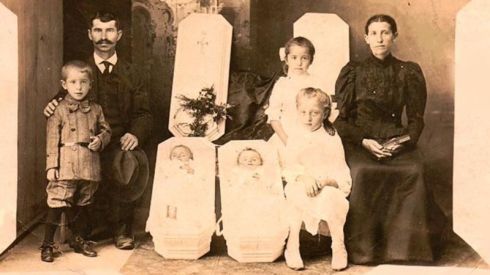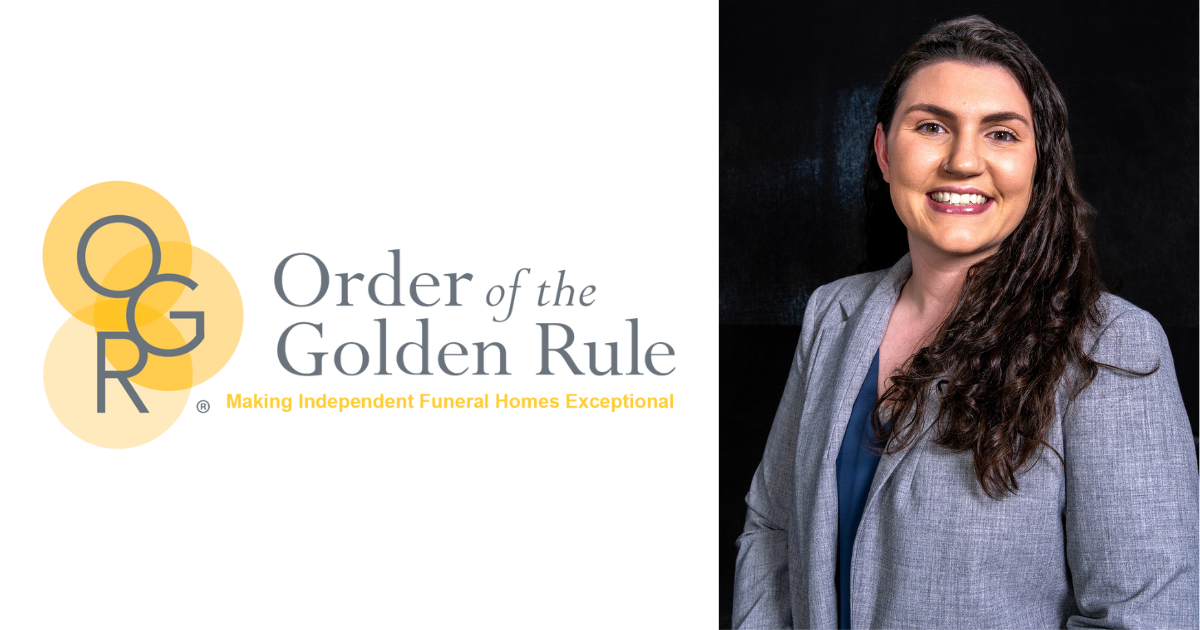Would You Hire a Photographer for Your Funeral?
Article from OGR
Photographing a funeral might be considered unorthodox, but some families are opting to hire a photographer to capture their loved one’s funeral. While it may not seem culturally normative today, it should not be considered taboo. You might be surprised to learn that funeral photography is rooted deep in funeral tradition and has been around for a long time.
The introduction of the first photographic process, daguerreotypy, in 1839 provided the American middle class with an affordable alternative to the otherwise expensive painted portrait. Funeral photography became commonplace because for many families, a postmortem photograph was the only photograph they had of the person. This was especially the case during the Victorian era, where infant mortality rates were high. According to Mary Warner Marien, “postmortem photography flourished in photography’s early decades, among clients who preferred to capture an image of a deceased loved one rather than have no photograph at all.” Postmortem photographs were treasured and an important part of the mourning process. Families cherished these photos, and they would display them in the home and share them with loved ones.

Funeral photography began to lose popularity by the turn of the twentieth century. By then, the mortality rate had declined due to the development of medicine. Advancements in photographic technology made portable cameras accessible and easy to use. Capturing life’s joyous moments through photos quickly became a part of everyday life. Collectively, these occurrences minimized the necessity to photograph the dead, and thus, postmortem portraiture was rarely practiced in the twentieth century.
Today, the photography of funerals has taken an interesting turn; the millennial trend of “funeral selfies” has taken social media by storm, sparking quite the debate about proper funeral etiquette and whether it’s appropriate to take cell phone photos at a funeral. Others are beginning to appreciate and reclaim the photography of death as a means of celebrating life. Some families have hired a professional funeral photographer to take photos of the service, loved ones, and flowers instead of the 19th century tradition of taking photos of the deceased.

What does this mean for funeral directors today? Should we be quick to judge the practice of funeral photography? Perhaps not. A multitude of reasons exist for why photographing a funeral might benefit you and the families you serve.
- Starts the Healing Process: There are countless ways for families to memorialize loved ones, and photographs of the funeral are a good addition – they capture a key moment in life and enable people to grieve.
- Creates Memories: If done with utmost compassion and care, photos taken of the funeral can provide the family with a beautiful memory of the celebration of their loved one’s life.
- Records Family History: The funeral brings extended family together in a way that not many other events do, and photographing the event creates a record for generations to come.
- Differentiates Your Funeral Home: Funeral photography is a clear way to set your funeral home apart from your competitors and provide an added service to the families you work with. Have you ever considered partnering with a local photographer and offering a package to families that would include a memorial photo book of the funeral?
Photographing a funeral might become a more common request from the families you serve. Would you consider offering it at your funeral home? Would you want your own funeral photographed?




